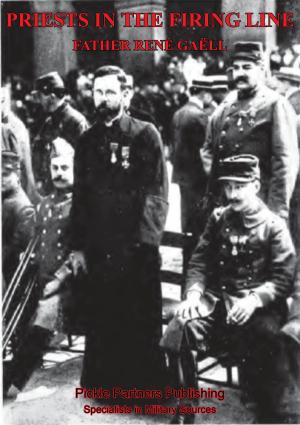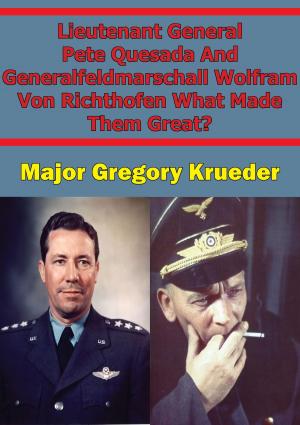United States Army in WWII - Europe - the Last Offensive
[Illustrated Edition]
Nonfiction, History, Germany, European General, Military, United States| Author: | Charles B. MacDonald | ISBN: | 9781782894193 |
| Publisher: | Lucknow Books | Publication: | August 15, 2014 |
| Imprint: | Lucknow Books | Language: | English |
| Author: | Charles B. MacDonald |
| ISBN: | 9781782894193 |
| Publisher: | Lucknow Books |
| Publication: | August 15, 2014 |
| Imprint: | Lucknow Books |
| Language: | English |
[Includes 26 maps and 92 illustrations]
The American armies that absorbed the shock of the German counteroffensives in the Ardennes and Alsace in the winter of 1944-45 were the most powerful and professional that the United States had yet put in the field. That this was the case was abundantly demonstrated as the final campaign to reduce Nazi Germany to total defeat unfolded.
The campaign was remarkably varied. As it gathered momentum in the snows of the Ardennes and the mud and pillboxes of the West Wall, the fighting was often as bitter as any that had gone before among the hedgerows of Normandy and the hills and forests of the German frontier. Yet the defense which the Germans were still able to muster following the futile expenditure of lives and means in the counteroffensives was brittle. The campaign soon evolved into massive sweeps by powerful Allied columns across the width and breadth of Germany. That the Germans could continue to resist for more than two months in the face of such overwhelming power was a testament to their pertinacity but it was a grim tragedy as well. To such an extent had they subjugated themselves to their Nazi leaders that they were incapable of surrender at a time when defeat was inevitable and surrender would have spared countless lives on both sides.
It was a dramatic campaign: the sweep of four powerful U.S. armies to the Rhine; the exhilarating capture of a bridge at Remagen; assault crossings of the storied Rhine River, including a spectacular airborne assault; an ill-fated armored raid beyond Allied lines; the trapping of masses of Germans in a giant pocket in the Ruhr industrial region; the uncovering of incredible horror in German concentration camps; a dashing thrust to the Elbe River; juncture with the Russians; and a Wagnerian climax played to the accompaniment of Russian artillery fire in the Führerbunker in Berlin.
[Includes 26 maps and 92 illustrations]
The American armies that absorbed the shock of the German counteroffensives in the Ardennes and Alsace in the winter of 1944-45 were the most powerful and professional that the United States had yet put in the field. That this was the case was abundantly demonstrated as the final campaign to reduce Nazi Germany to total defeat unfolded.
The campaign was remarkably varied. As it gathered momentum in the snows of the Ardennes and the mud and pillboxes of the West Wall, the fighting was often as bitter as any that had gone before among the hedgerows of Normandy and the hills and forests of the German frontier. Yet the defense which the Germans were still able to muster following the futile expenditure of lives and means in the counteroffensives was brittle. The campaign soon evolved into massive sweeps by powerful Allied columns across the width and breadth of Germany. That the Germans could continue to resist for more than two months in the face of such overwhelming power was a testament to their pertinacity but it was a grim tragedy as well. To such an extent had they subjugated themselves to their Nazi leaders that they were incapable of surrender at a time when defeat was inevitable and surrender would have spared countless lives on both sides.
It was a dramatic campaign: the sweep of four powerful U.S. armies to the Rhine; the exhilarating capture of a bridge at Remagen; assault crossings of the storied Rhine River, including a spectacular airborne assault; an ill-fated armored raid beyond Allied lines; the trapping of masses of Germans in a giant pocket in the Ruhr industrial region; the uncovering of incredible horror in German concentration camps; a dashing thrust to the Elbe River; juncture with the Russians; and a Wagnerian climax played to the accompaniment of Russian artillery fire in the Führerbunker in Berlin.
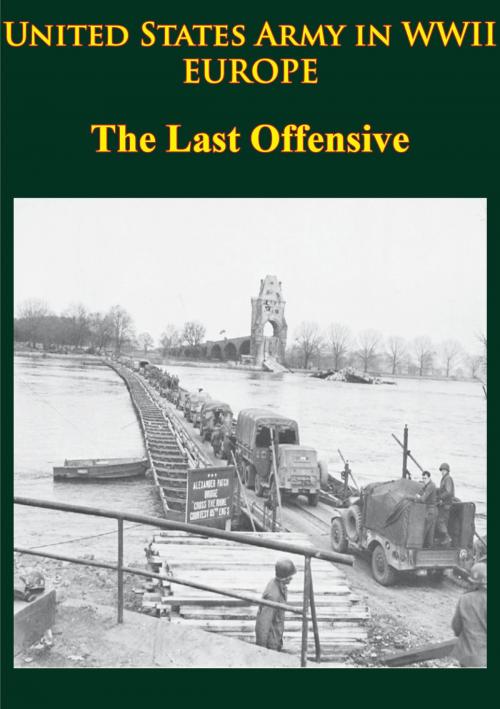
![Cover of the book With The Twenty-Ninth Division In Gallipoli, A Chaplain's Experiences. [Illustrated Edition] by Charles B. MacDonald](https://www.kuoky.com/images/2013/january/300x300/9781782891000-ek7d_300x.jpg)

![Cover of the book Eye Witness’s Narrative Of The War From The Marne To Neuve Chapelle 1 September, 1914-March 1915 [Illustrated Edition] by Charles B. MacDonald](https://www.kuoky.com/images/2015/november/300x300/9781786255594-V3rY_300x.jpg)



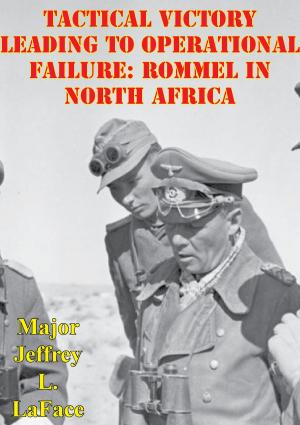
![Cover of the book Reminiscences Of A Grenadier [Illustrated Edition] by Charles B. MacDonald](https://www.kuoky.com/images/2015/november/300x300/9781786251121-I7d1_300x.jpg)
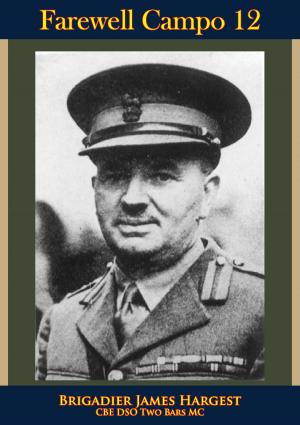
![Cover of the book Adventures In Propaganda; Letters From An Intelligence Officer In France [Illustrated Edition] by Charles B. MacDonald](https://www.kuoky.com/images/2013/march/300x300/9781782890652-UHRZ_300x.jpg)
